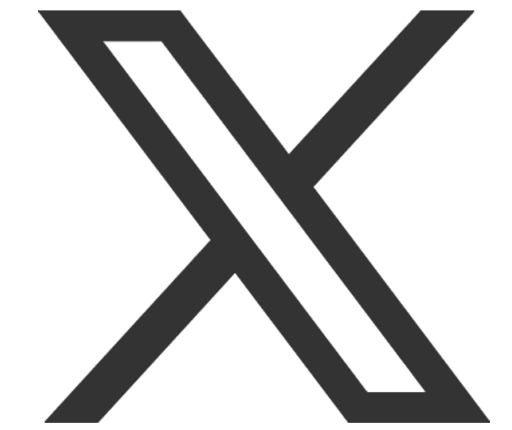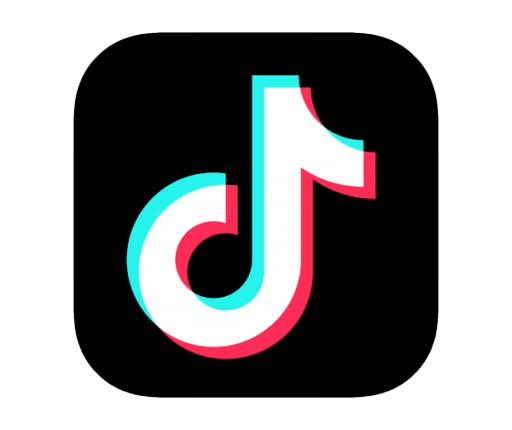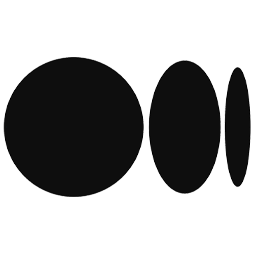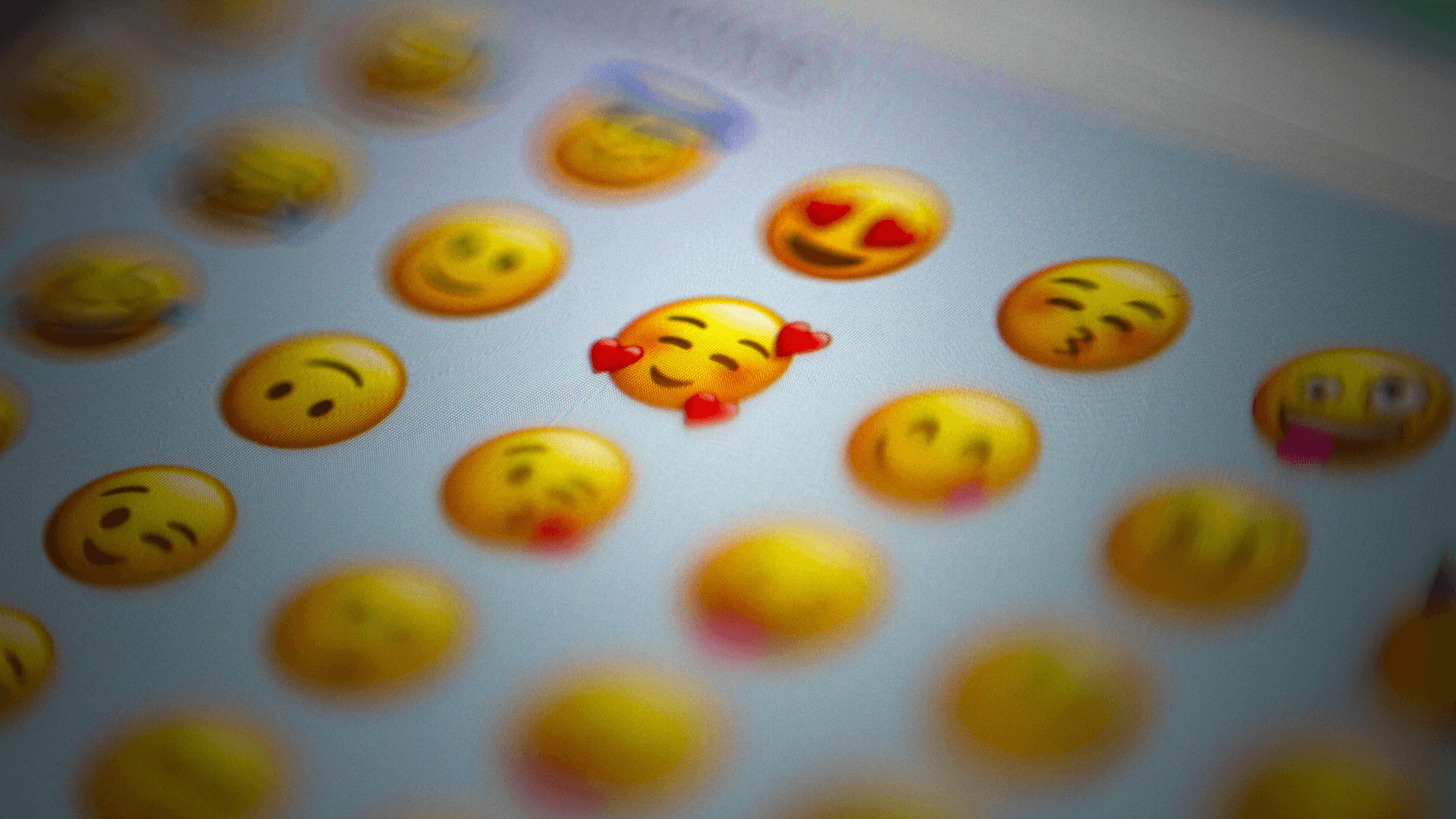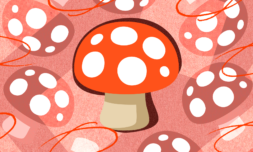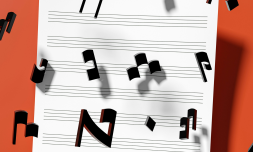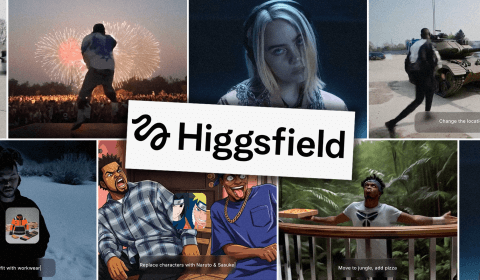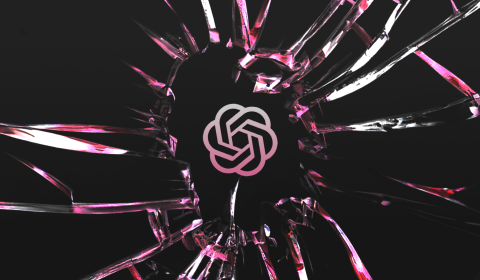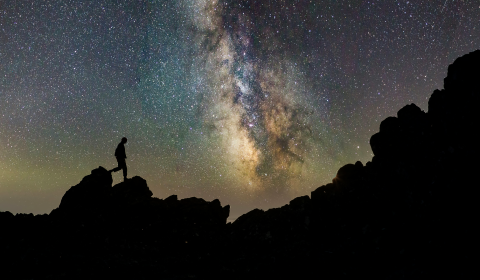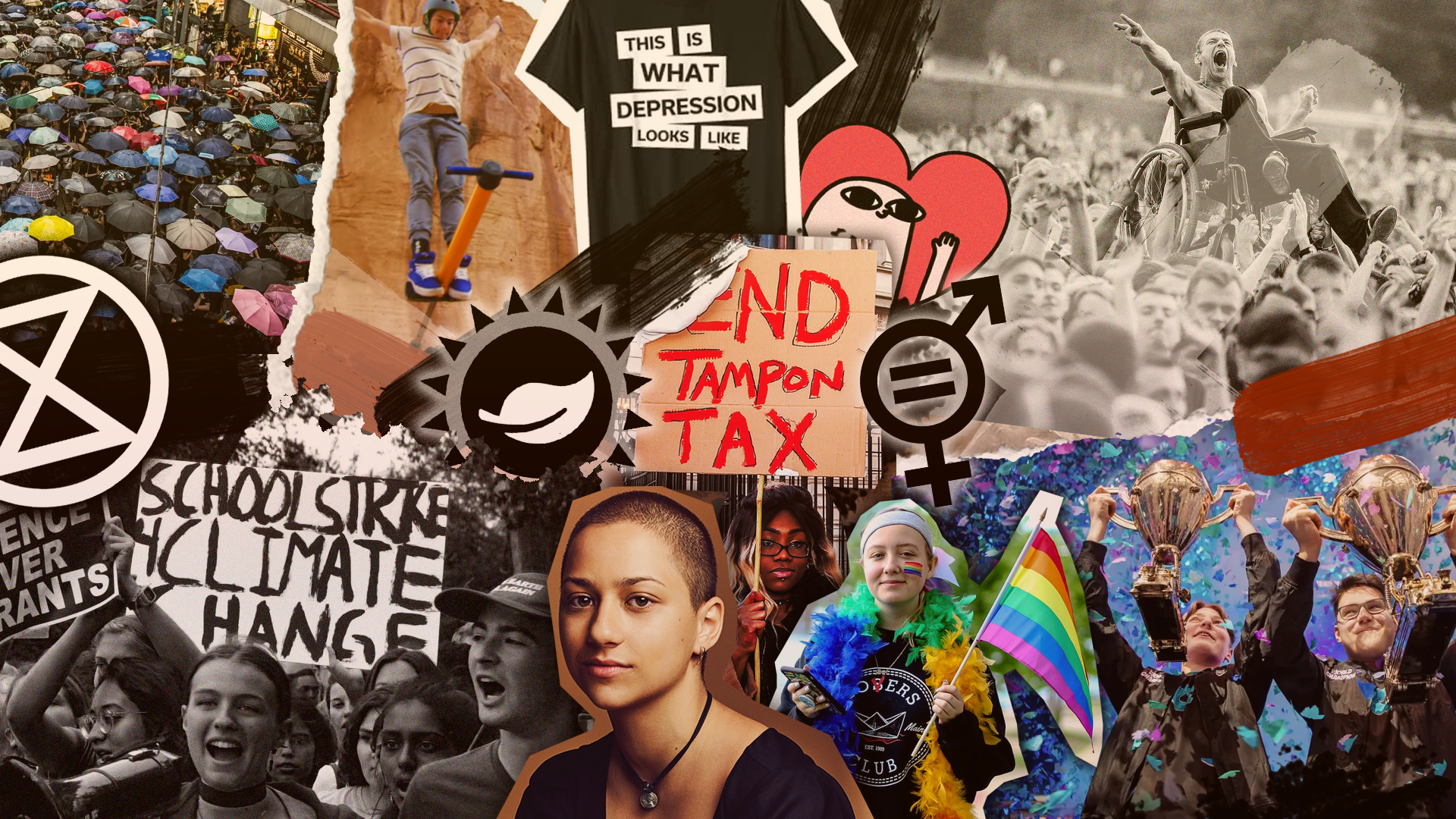Since when did representation stop at skin tone?
In the distant land of pre-2015 texting, all emojis were jaundiced little blobs. That was until the great Skin Tone Update, which allowed users to transform their emojis into a spectrum of humanity – sort of.
Despite these ostensibly diverse offerings, one very obvious detail has remained overlooked in the world of digital mini people: hair.
Fast forward to 2025, and despite boasting a library of over 4,000 emojis, there’s still no adequate representation of Black or non-white hairstyles. A quick scroll through your keyboard offers an array of smooth and ambiguous haircuts.
But if you’re looking for an emoji with cornrows, locs, Bantu knots, or even a humble afro – you’ll be scrolling for a while. Apparently in emoji world, everyone has the same generic, textureless hair.
This glaring oversight speaks to a larger issue of erasure. Like it or not, we live in a world where hair is deeply political. Natural curls are regularly deemed ‘unprofessional’ and protective hairstyles are still fighting for acceptance in workplaces and schools.
Proud to have our young people on @BBCLondonNews talking about such an important topic #Texturism Read more about it in the link in our bio #AfroHairEmoji pic.twitter.com/Ey4sYP8PPG
— RISE.365 (@365_rise) October 17, 2024
The Legal Defence Fund (LDF) has fought to end race-based hair discrimination for decades, describing this specific strand of racial aggression as a means to preserve white spaces and uphold systemic forms of racism. ‘By penalising hairstyles that fall outside of Eurocentric norms of beauty, discriminatory grooming policies in schools and workplaces are a manifestation of institutional racism,’ the LDF writes.
‘The increased attention on Black hair is the result of heightened social media conversations and viral news stories, such as FedEx employees suing the company after they were fired for having locs.’
As the LDF documents online, these cases of hair-based racial discrimination are not uncommon. And if hair is a battleground in real life, why should it be erased in the digital one?
A new campaign by RISE 365, in collaboration with Dove beauty, is fighting to have this question answered. Both organisations have worked together after founding the CROWN fund, an initiative amplifying the call for more inclusive emojis alongside other forms of diverse hair representation in the mainstream media.
Reanna Bryan, a member of RISE 365, recalls being told her braided hair was ‘not suitable’ for her workplace at just 18 years old. ‘I was like, ‘What do you mean, you can’t have braids or dreads? Because this is what I wear. My hair is in braids the majority of the time,’ she told the Guardian.




